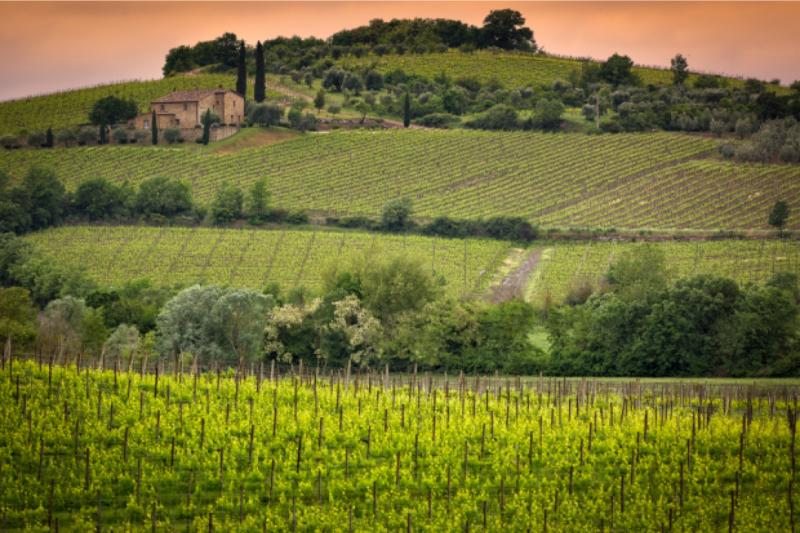It's a red.. It's from Tuscany... It's a Super Tuscan!
There was a time when Super Tuscans ruled the Italian wine world. The darlings of critics, their popularity (and cost) were unparalleled. Names such as Sassicaia and Solaia were the stars of restaurant wine lists. Nowadays, however, Super Tuscans are just not, well, that super anymore! In this week’s Vino Vini Vinum column, we take a look at the reasons that led to the creation of the Super Tuscans, their rise to fame and how now, past their glory days, their legacy remains in different forms.
To understand the origins of Super Tuscans we need to travel back to the late sixties / early seventies. Italy had just overhauled its wine regulations and the DOC (Denominazione di Origine Controllata) classification was introduced. DOC wines were meant to represent the best a region had to offer and encode years of tradition. In Tuscany, however, the rules partially backfired. The Chianti DOC, in particular, limited producers to a rather mediocre wine. The Chianti Classico rules of the times stipulated 10-30% of white wine, had limits regarding aging in barrel or cask and an end result that was fine as a young, fruity accompaniment to lunch, but was just not able to compete internationally as a serious and complex wine.
Exasperated, a group of Tuscan winemakers, led by such legendary figures as the Marchese Piero Antinori, decided to forge their own path. Abandoning the DOC rules, they created wines with international varieties like Cabernet Sauvignon, Cabernet Franc, Merlot and Syrah. They experimented with French oak and, at times, blended the international varieties with the local Sangiovese. The resulting wines soon gained the attention of critics. Although wines such as Tignanello and Sassicaia could only be called vini da tavola (table wines), their quality and prices were anything but.
The actual term “Super Tuscan” is often attributed to Robert Parker, the famous U.S. wine critic that gave many of these wines high scores, driving demand and prices up. Producers started using it on labels and a new category was born, which proved a huge marketing success. While the lack of rules made a precise definition of the category difficult, everyone agreed that a Super Tuscan indicated a great wine created in Tuscany that did not conform to any specific DOC designation. Eventually, even the Italian government caught up and introduced the IGT denomination allowing several Super Tuscans to be classified as IGTs rather than vini da tavola. New DOCs where also added, such as the DOC Bolgheri that allowed for non-native grape varieties. There is now even a DOC for just the Bolgheri Sassicaia - the only DOC that corresponds to just one winery.
By the 2000s, however, the Super Tuscans faced three challenges. Firstly, the “brand”, was diluted. Everyone (and their cousin!) was introducing so called "Super Tuscans" to the market and overall quality deteriorated badly. Secondly, the true Super Tuscans became quite simply unapproachable. An Ornellaia Bolgheri Superiore can easily cost upwards of $400 in a restaurant. Finally, and perhaps most importantly, wine enthusiasts started to shun the use of international varieties looking for a return to the native varieties of a terroir. For all these reasons the moniker is not used as much. The truly greats are still thriving but they don’t necessarily present themselves as Super Tuscans. Tignanello, Sassicaia, Ornellaia, Solaia, Le Pergole Torte are all amazing wines with certain vintages commanding impressive demand and prices.
The passion for winemaking, the attention to detail and the relentless search for innovation in different forms is the true gift of the Super Tuscans to the Italian wine world. New winemakers may choose to focus more on native varieties or rediscover the true value in traditional blends, but the constant search for a great wine as an expression of a winemaker’s passions and terroir at their disposal remains.










